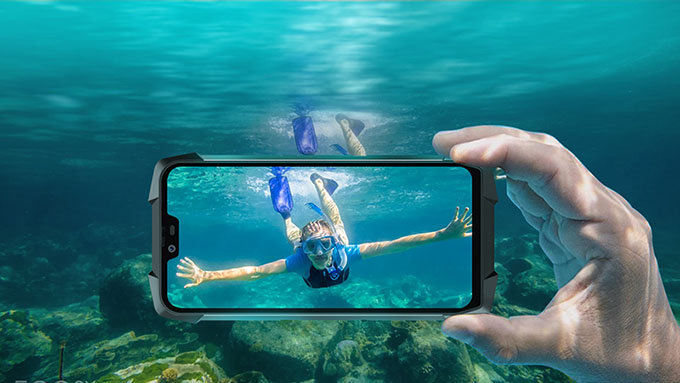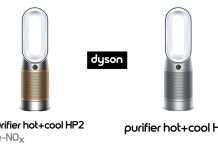Underwater photography was once exclusive to professionals equipped with high-end waterproof cameras. However, thanks to modern smartphone technology and the availability of affordable waterproof accessories, anyone can capture breathtaking underwater shots with just their phone. Whether you’re exploring marine life, shooting creative water-based portraits, or simply taking poolside snaps, the right techniques will help you achieve professional-quality results.
In this comprehensive guide, we’ll cover everything you need to know about taking stunning underwater photos with your smartphone, from essential gear and camera settings to lighting tips and post-processing.

Protecting Your Smartphone: Waterproofing Essentials
Before you submerge your smartphone, ensuring its safety is the top priority. Even if your phone is rated IP67 or IP68, prolonged exposure to water can still cause damage. Here’s how you can waterproof your phone effectively:
1. Use a Waterproof Phone Case or Pouch
A high-quality waterproof case or pouch can keep your phone safe while allowing you to capture clear images. When selecting one, look for:
- Clear front and back windows for unobstructed camera use.
- Touchscreen compatibility to adjust settings while underwater.
- Secure sealing mechanisms (multiple locks or clasps).
- A lanyard or wrist strap to prevent accidental drops.
2. Test Your Waterproof Case First
Before taking your phone underwater, test the case in shallow water. Submerge it with a tissue inside and check for any signs of leakage.
Mastering Underwater Lighting: Let the Sun Work for You
Lighting underwater behaves differently than on land, affecting color, contrast, and clarity. Natural light is your best friend when shooting underwater.
Best Time for Underwater Photography
- Between 10 AM and 2 PM: The sun is at its peak, providing the brightest and clearest lighting.
- Clear, shallow waters: Sunlight penetrates better, enhancing visibility and color vibrancy.
- Avoid murky water: Particles in the water can create a hazy effect on your images.
Avoid Using Your Phone’s Flash
The built-in flash often creates glare and unnatural reflections. If additional lighting is needed, consider using external waterproof LED lights for a more controlled effect.
Optimizing Camera Settings Before Submerging Your Phone
Once your phone is in a waterproof case, accessing its settings becomes challenging. Adjust them beforehand for the best results.
Key Settings to Configure:
- White Balance: Adjust towards blue or green tones to compensate for underwater color distortion.
- Burst Mode: Captures multiple shots quickly, increasing your chances of getting a sharp image.
- Underwater Mode (if available): Some smartphones include a dedicated underwater mode, enhancing colors and reducing distortions.
- Grid Lines: Enable them to improve framing and composition.
If you’re using a third-party camera app, configure it before placing your phone in the case.
Techniques for Capturing Stunning Underwater Photos
Underwater photography requires steady hands and thoughtful composition. Here’s how to enhance your shots:
1. Maintain Stability
Water movement can cause blurring. Keep your arms close to your body and hold your phone with both hands for better stability.
2. Experiment with Angles
- Shoot upwards: Capturing subjects from below can create dramatic lighting effects.
- Capture reflections: The water’s surface can act as a mirror, producing surreal visuals.
- Wide-angle shots: Include more of the underwater environment for immersive storytelling.
3. Focus on Interesting Subjects
- Marine life
- Floating objects
- Underwater bubbles and ripples
- Human subjects interacting with water
Post-Dive Phone Care: Preventing Water Damage
After your shoot, take precautions before charging or using your phone normally:
- Check the waterproof case for leaks before opening.
- Wipe down your phone with a dry cloth, focusing on ports and buttons.
- Let it air dry for at least 30 minutes before plugging it in.
Editing Your Underwater Photos for Maximum Impact
Even with great lighting and framing, post-processing can enhance your images further.
Recommended Edits:
- Increase brightness and contrast to compensate for underwater dimness.
- Adjust white balance to restore natural colors.
- Sharpen details to make subjects stand out.
- Use filters cautiously to maintain a realistic underwater look.
Popular apps like Adobe Lightroom, Snapseed, and VSCO offer powerful editing tools for underwater photos.
Capture Stunning Underwater Moments with Your Smartphone
Smartphone cameras have evolved to handle underwater photography surprisingly well. With the right preparation, lighting, and composition, you can capture breathtaking underwater shots without investing in an expensive camera. Whether in the ocean, a pool, or even a bathtub, creativity and proper technique make all the difference.
Frequently Asked Questions:
1. Can I take underwater photos if my phone isn’t waterproof?
Yes! You can use a waterproof case or pouch to protect your phone while capturing underwater shots.
2. How do I prevent blurry photos underwater?
Stay as still as possible, use burst mode to capture multiple shots, and avoid rapid movements.
3. What’s the best time of day for underwater photography?
Midday (10 AM – 2 PM) provides the best natural light for underwater shots.
4. Do I need a special camera app for underwater photography?
Not necessarily, but some third-party apps offer advanced controls that improve results.
5. Can I use my phone’s flash for underwater photography?
It’s not recommended, as it can create glare and unnatural reflections. Use natural light instead.




